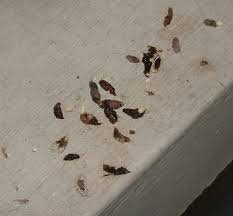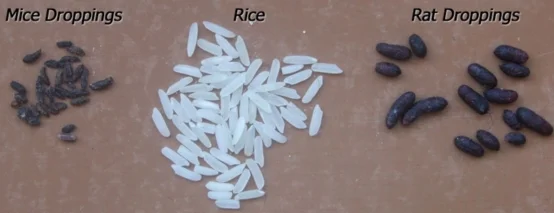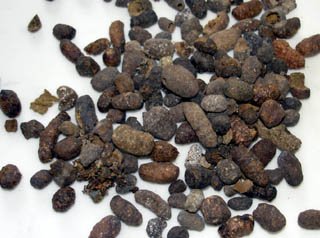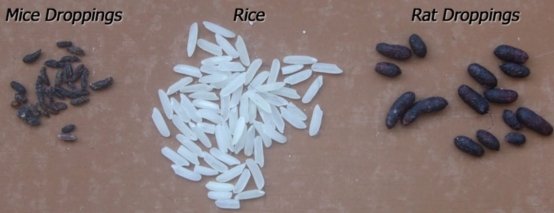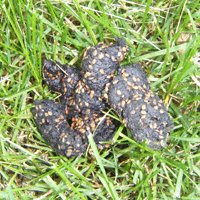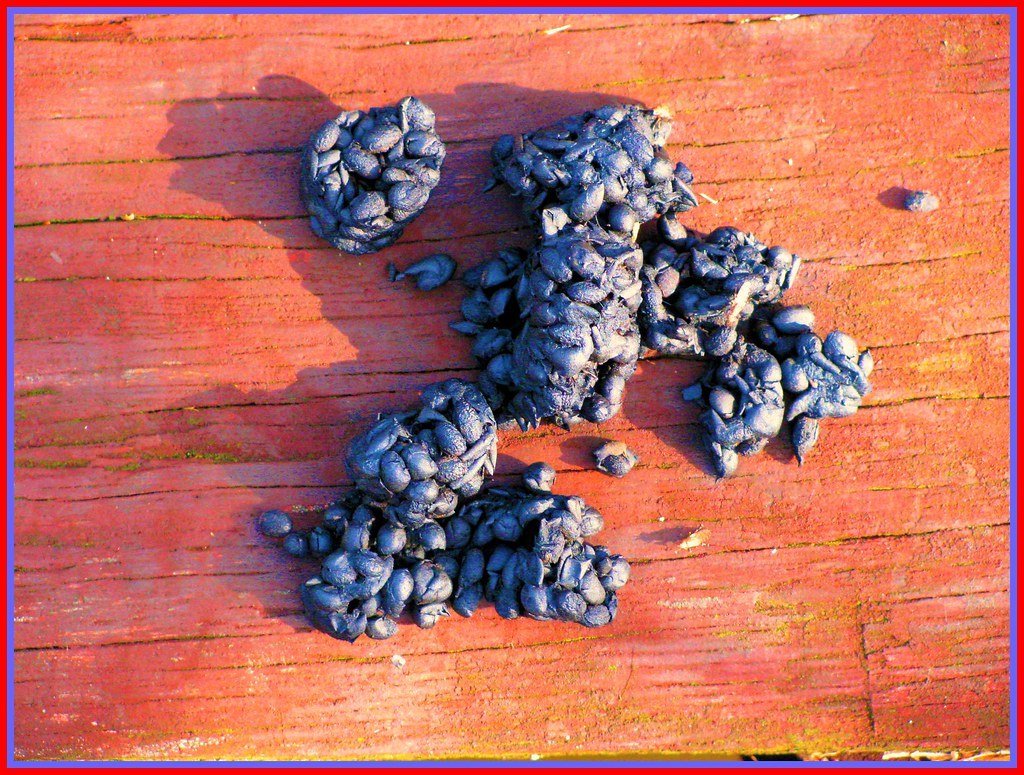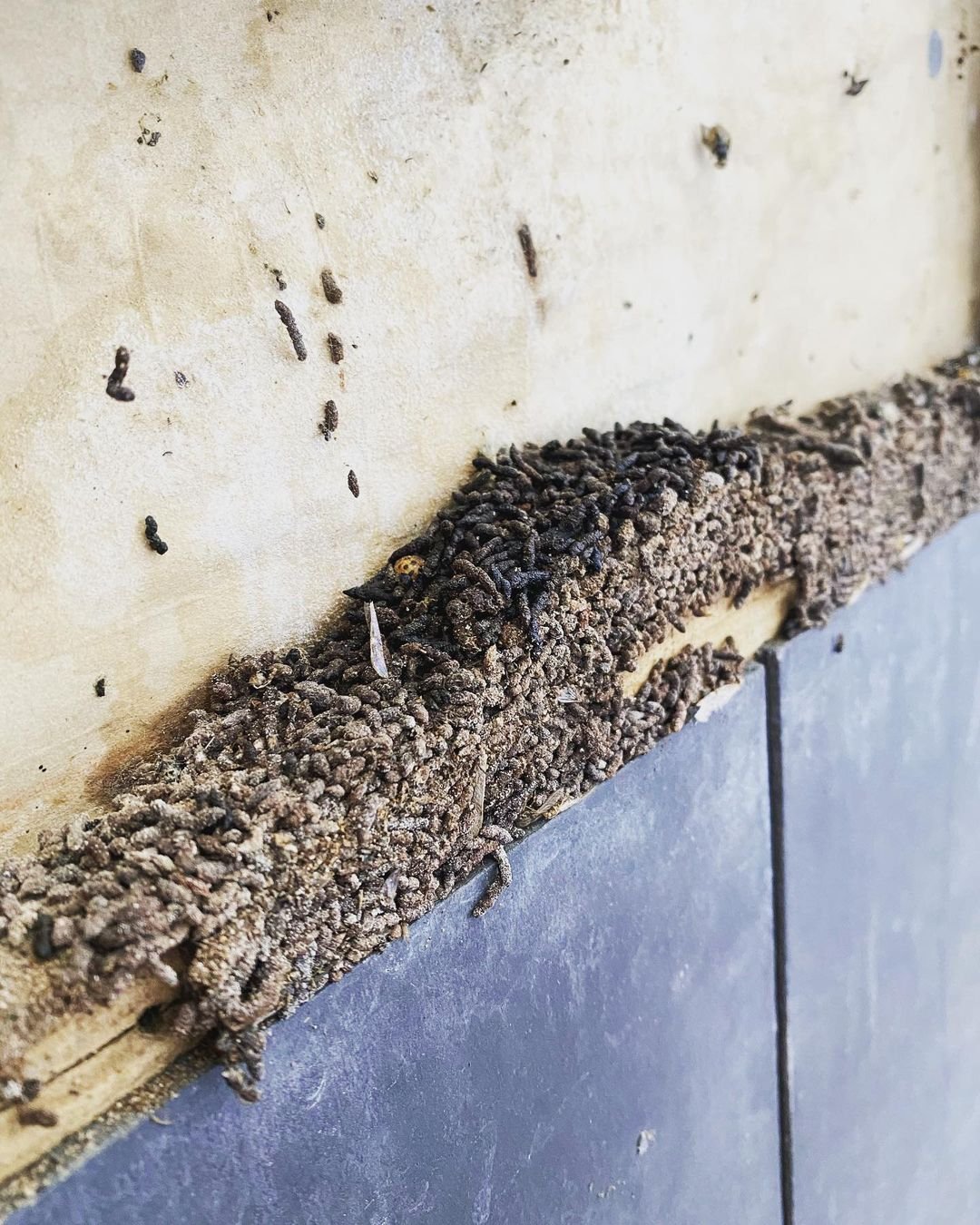Lizard Poop
What does lizard poop Look Like
Lizard droppings might not be a typical topic of interest, but for homeowners, gardeners, and pet owners, knowing what lizard poop looks like can be incredibly useful. Whether you want to identify an unwanted guest or monitor a pet lizard’s health, understanding lizard poop can offer clues about where lizards hide, their diet, and even their well-being.
What Is Lizard Poop?
Lizard poop, or droppings, is the waste material excreted by lizards. Like other reptiles, lizards excrete both solid waste and uric acid, which appears as a chalky white substance, in a single dropping. This unique feature of reptile droppings helps distinguish lizard waste from that of many other animals.
Appearance of Lizard Poop vs rat poop vs mouse poop
Lizard poop is generally small, dark brown or black, and often has a white tip. The white part is uric acid, a byproduct of the lizard’s excretory system. The solid portion resembles a tiny pellet, similar to mouse droppings, but with the distinct white cap that sets it apart.
Why Lizard Poop Has a White Tip
The white tip of lizard droppings is due to uric acid. Unlike mammals, lizards don’t produce liquid urine. Instead, they excrete uric acid in a concentrated form to conserve water. This chalky white cap on the dropping is a unique indicator of reptilian waste.
Common Places to Find Lizard Droppings
Lizards tend to leave droppings near their hiding spots or paths. Indoors, you might find them on windowsills, corners, walls, or behind furniture. Outdoors, lizard droppings can appear in gardens, patios, sheds, or anywhere lizards frequent for food and shelter.
Differentiating Lizard Poop from Other Animals
Rodent Droppings: While similar in shape and color, rodent droppings are entirely dark and lack the white tip.
Bird Droppings: Bird droppings are more liquid and often splattered, with a mix of white and dark in a single dropping.
Other Reptiles: Some larger reptiles like snakes have droppings similar to lizards but typically larger and with more volume.
Factors That Affect Lizard Poop Appearance
The appearance of lizard droppings can vary based on several factors:
Diet: Insect-eating lizards produce droppings with more solid waste, while fruit-eating species may have softer stools.
Species: Different lizard species have variations in the size and shape of their droppings.
Hydration: A well-hydrated lizard may have droppings with a smaller white cap, while a dehydrated one may have more concentrated uric acid.
Is Lizard Poop Dangerous?
While generally not highly dangerous, lizard droppings can carry bacteria, including Salmonella. Handling droppings with bare hands or accidentally ingesting contaminated surfaces can lead to infections. It’s essential to clean any areas where you find lizard droppings, especially if you have children or pets.
How to Safely Clean Lizard Poop
Wear Gloves: Use disposable gloves to avoid direct contact with bacteria.
Use Paper Towels: Gently pick up the droppings with paper towels to avoid spreading.
Clean with Disinfectant: Spray a disinfectant on the area and wipe it clean.
Dispose Properly: Throw the used gloves and paper towels in a sealed bag.
Wash Your Hands: Always wash thoroughly after handling droppings.
Lizard Poop as a Clue to Lizard Presence
Frequent lizard droppings in a specific area indicate a likely hideout nearby. By observing where droppings appear, you can identify where lizards are entering or hiding in your home. Regular sightings may mean a lizard infestation that requires pest control intervention.
How to Keep Lizards Out of Your Home
To prevent lizards from entering, seal cracks and gaps around doors, windows, and walls. Keep food stored away, use screens on windows, and reduce clutter. Certain natural repellents like garlic, onions, and coffee grounds may also deter lizards.
Lizard Poop as an Indicator of Lizard Health (for Pet Owners)
For pet lizard owners, droppings offer clues about health. A change in color, size, or consistency can signal health issues. If you notice abnormalities, consider a vet check-up to ensure your lizard’s well-being.
Fun Facts About Lizard Waste
Some insects, like dung beetles, are known to consume lizard droppings.
Certain plants may benefit from nutrients found in lizard waste.
Lizards have evolved efficient waste systems, allowing them to conserve water.
Common Myths About Lizard Poop
Myth: Lizard droppings are always harmless.
Reality: They can carry bacteria like Salmonella.
Myth: All lizards produce the same kind of droppings.
Reality: Different species have variations in waste.
Myth: Lizard droppings are a sign of good luck.
Reality: While some cultures believe this, it’s mostly a superstition.
Understanding what lizard poop looks like helps identify these creatures around the home, whether to spot an uninvited guest or monitor a pet. With its characteristic dark color and white tip, lizard waste is easy to identify once you know what to look for. Handling droppings with care and keeping areas clean is crucial for health and hygiene.
FAQs
What does healthy lizard poop look like?
It is dark brown or black with a white cap, indicating normal digestion and uric acid excretion.
Is lizard poop harmful to humans?
Lizard poop can carry bacteria like Salmonella, so it’s essential to handle it carefully.
How can I tell if lizard poop is fresh?
Fresh lizard droppings are moist and dark, drying to a lighter, chalky texture over time.
Why does lizard poop have a white tip?
The white part is uric acid, a concentrated form of excretion to conserve water.
everything that eats poops
We at rapid Rodent Removal want you to know :
While there are many types of animal scat, or feces you can find if you go looking , were only concerned with what can be found around your house, or in your back yard, since we mostly deal with How to get rid of rats, or the many types of rats and animal in attic problems common to alot of residential homes, so identifying animals by what they leave behind, or where they are potentially hiding or building nest (rat nest / squirrel nest ). We also suggest you read “Signs of rats in house” if your looking for more information,
What to Do If Droppings Are Found
If you find rat poop, squirrel poop, raccoon poop, opossum poop, or snake poop in or any animal droppings in or around your home, it’s an indicator that you may have an infestation, or at the very least, some frequent and unwanted visitors. Start by collecting and putting away all food, including pet food, in secure containers. After that, thoroughly clean and disinfect floors and counters.
Before cleanup can begin, make sure you take care of any active infestations. Set traps and seal up any entryways where rats can enter (which include any openings the size of a quarter and larger). The Centers for Disease Control (CDC) suggests that you continue trapping for a week after sealing off your home; once the amount of snared rodents decreases to zero then the infestation has been eliminated and the area is no longer infectious.
HOW TO CLEAN UP ANIMAL POOP
When you are confident that your visitors are gone, follow these steps for safe clean up:
Open doors to ventilate and air out the space for at least 30 minutes before you begin.
Wear heavy latex gloves (never touch or handle rodent feces with your bare hands).
Spray the urine/droppings with a disinfectant and let soak for five minutes (do not sweep or vacuum droppings).
Clean up droppings with a paper towel and dispose of them in an airtight bag.
Disinfect the entire area, including any contaminated items.
Steam clean any fabric of upholstered items such as rugs, furniture, or draperies that are in the vicinity and wash cloth items in detergent and hot water.
Thoroughly wash your hands once cleanup is complete.
ANIMAL POOP PICTURES
1 . Squirrel Poop 2. Rat vs Mouse Poop 3. Raccoon Poop. 4. Raccoon Poop 5. Opossum Poop 6. Bat Poop 7. lizard poop
What does lizard poop look like ?
Lizard poop is typically small and dark, usually black or brown, and has a white tip or cap. The black part is the solid waste, while the white portion is uric acid, which reptiles excrete instead of liquid urine. It often resembles a small pellet or droplet, depending on the lizard's size. The appearance may vary based on the lizard’s diet, but this general structure (black with a white tip) is common across many lizard species.
Lizar Poop vs rat poop vs mice poop
Lizard Poop
Understanding Animal Droppings: Why It Matters
Animal droppings can tell a story about the animals in a specific area. By studying scat, we can determine not only which species frequent a location but also gain insights into their eating habits, health, and even behavior patterns. Being able to identify scat helps wildlife observers and property owners alike manage areas to reduce unwanted encounters or understand which creatures are living nearby.
Characteristics to Look For in Animal Droppings
When identifying animal droppings, look at:
Size: The length and diameter of the scat.
Shape: Whether the droppings are round, tubular, or twisted.
Look of Tips: Whether the ends are rounded, tapered, or blunt.
Coloring: The color can vary depending on the animal's diet but often has common characteristics.
Types of Animal Droppings: A Detailed Identification Guide
Below, we detail various types of droppings you might come across in the wild, helping you identify the animal that left them behind.
Squirrel Droppings
Size: 1/4 to 1/2 inch long.
Shape: Cylindrical, slightly rounded.
Look of Tips: Rounded, often with slight tapering.
Color: Dark brown to reddish-brown.
Squirrel droppings are typically small and slightly tapered, often found near trees, gardens, or attics. They may resemble rat droppings but are slightly rounded on the ends.
Rat Droppings
Size: 1/2 to 3/4 inch long.
Shape: Cylindrical, sausage-shaped.
Look of Tips: Blunt ends, sometimes slightly pointed.
Color: Dark brown to black.
Rat droppings are larger than those of mice and have a more uniform cylindrical shape. You can find them in basements, kitchens, or areas with food sources. These droppings often indicate the presence of rodents in urban or rural settings.
Raccoon Droppings
Size: 2 to 3 inches long, 1/2 inch diameter.
Shape: Cylindrical, tubular.
Look of Tips: Blunt ends.
Color: Dark brown to black, often with undigested food (e.g., seeds, berries).
Raccoon droppings are often found near water sources, trash cans, or in attics. They may contain visible traces of their diet, such as seeds and berries, which helps in identification.
Skunk Droppings
Size: 1 to 2 inches long, 1/4 to 1/2 inch diameter.
Shape: Cylindrical, twisted.
Look of Tips: Tapered ends, often with insect parts or seeds.
Color: Black or very dark brown, often with visible contents.
Skunk droppings resemble those of cats but often contain visible insect parts or seeds. They are typically found near areas with abundant food sources, like gardens or lawns.
Opossum Droppings
Size: 1 to 3 inches long, 1/4 to 1/2 inch diameter.
Shape: Smooth, cylindrical.
Look of Tips: Tapered ends.
Color: Brown to dark brown, sometimes greasy or shiny.
Opossum droppings may appear greasy, reflecting their omnivorous diet, which includes fruit, insects, and small animals. They can often be found in wooded areas or near food sources.
Deer Droppings
Size: 1/2 to 1 inch long, 1/4 to 1/2 inch diameter.
Shape: Small pellets, oval or round.
Look of Tips: Rounded ends.
Color: Dark brown to black, shiny when fresh, lighter when older.
Deer droppings are small pellets and are easy to identify due to their distinct shape and clustering. They are commonly found in wooded areas, fields, or trails.
Coyote Droppings
Size: 3 to 5 inches long, 1-inch diameter.
Shape: Tubular, rope-like, twisted.
Look of Tips: Tapered ends, often with hair and bones.
Color: Dark brown to black, often with visible contents (hair, bones).
Coyote droppings are similar to dog droppings but often contain hair, bones, and other remains of their prey. They are typically found in open areas, trails, or along the edges of wooded areas.
Animals that POOP in Pellets
Elk,
Llamas
Deer
Ungulates
Rabbits
Animals that POOP in Plops
Bear
Cows
Buffalo
Horses
Animals that POOP in Tublar Shapes
Canines
Coyotes
Fox
Raccoons
Felines
Bobcats
House Cats
Geese-usually green
Animals that POOP in Small Tublar Shapes
Rodents
Mice,
Rats, etc.
Voles
Bats
Animals that POOP in White Feces
Amphibians
Birds (all varieties)
Reptiles (all varieties)
In an attempt to remind customers that Rapid Rodent Removal are also roofers, we have also made a table of contents with all of our information about rats , mouse , squirrels and How to get insurance to pay for roof replacement, (articles & blog) stemming from to all about Rat poop , Mouse poop , Squirrel poop or Raccoon poop in Your Home & or Rats in Attic, to Rodent Control.
Animal Poop links
What does rat poop look like ?
What does mouse poop look like ?
What does squirrel poop look like ?
What does raccoon poop look like ?
What does opossum poop look like ?
What does bat poop look like ?

